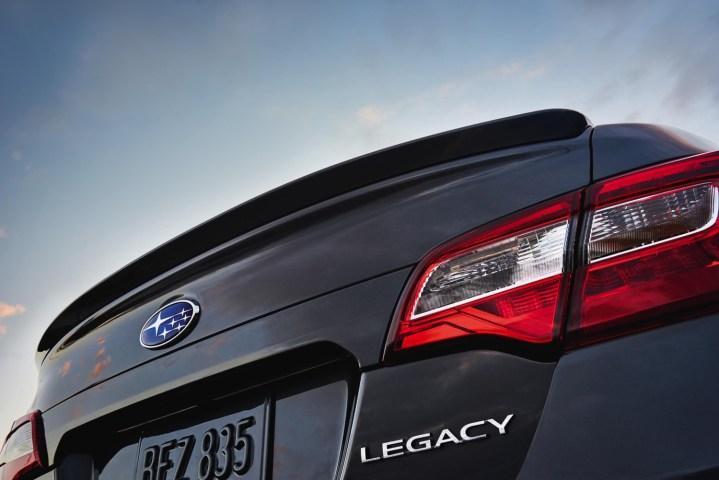
Soon, the question won’t be who is allowed to test self-driving cars in California, but rather who hasn’t made the cut. On Friday, the California DMV added Subaru to the ever growing list of companies that have clearance to test autonomous driving technology. In total, there are now 22 automakers (and tech companies) that have permission from the state, including Volkswagen, Mercedes, Google, and Tesla.
Subaru already has advanced driver assist features available to customers by way of its “EyeSight” options — it’s described as “the culmination of everything Subaru engineers know about safety.” The smart driving features include the monitoring of traffic movement, cruise control optimization, and lane swerving warnings. There’s also a Pre-Collision Braking feature that will apply full braking force should an emergency situation arise. These features are currently available on certain Subaru Crosstrek, Forester, Impreza, Legacy, Outback, and WRX models.
EyeSight, however, will likely be able to reach new heights now that Subaru has been cleared for on-road testing in California. The Japanese carmaker has plans to debut a host of new functionalities, including traffic jam autonomous navigation and steering. These features would are slated to work in traffic at speeds of up to 40 mph. In addition, Subaru hopes to provide semi-autonomous driving abilities by 2020 — this will allow cars to control lane switching and follow roads around curves, all without human intervention.
California has long been a hotbed for autonomous automobile testing thanks to the permit program the state’s DMV introduced back in 2014. The program allows for companies like Subaru to conduct tests in real-world situations, namely on public highways and city streets. The full list of companies with Autonomous Vehicle Testing Permits can be found on the DMV’s site here.
Editors' Recommendations
- Cruise’s robotaxi service suspended by California regulator
- An autonomous car in San Francisco got stuck in wet concrete
- Big driverless buses are now serving passengers in Scotland
- Apple’s rumored car could cost the same as a Tesla Model S
- Ford and VW close down Argo AI autonomous car unit


